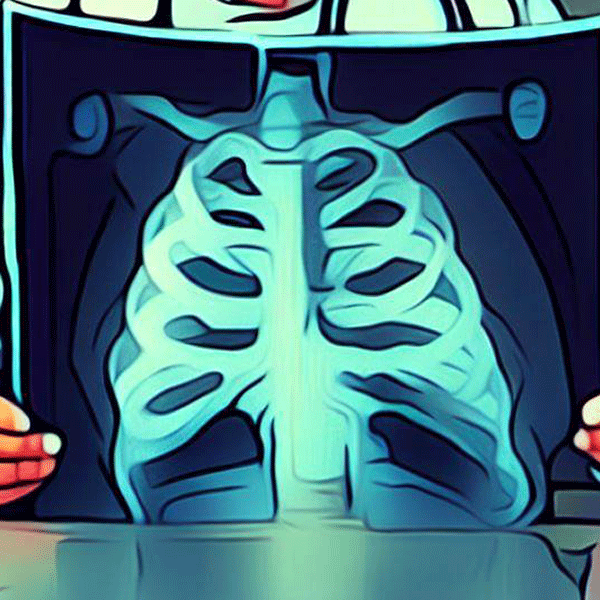Exploring Electromagnetic Waves
Imagine you’re a superhero who can see things far away in outer space, heat up food with just a glance, and even peek inside a person’s body. Sounds cool, right? Well, this isn’t exactly a superhero power, but it’s what electromagnetic waves can do!
What Are Electromagnetic Waves?
Electromagnetic waves are like invisible magic waves that can travel through the emptiness of outer space. They are created when electric charges wiggle back and forth. This wiggling makes electric and magnetic fields that move together in waves.
What’s super special about electromagnetic waves is that they don’t need anything to travel through, unlike sound waves (which need air). That’s why we can see light from stars that are billions of miles away. And guess what? They travel super fast – at the speed of light, which is around 300,000 kilometers per second!
The Rainbow of Electromagnetic Waves
The electromagnetic spectrum is like a big rainbow of all the different kinds of electromagnetic waves, ordered by their frequency (how often the waves happen) and wavelength (the distance between one wave and the next). From slowest frequency (longest wavelength) to fastest frequency (shortest wavelength), it includes:
- Radio Waves: These waves have the longest wavelengths and are used in radios, televisions, and mobile phones.
- Microwaves: These waves are used in microwave ovens to heat up our food and by astronomers to learn about far-off galaxies.
- Infrared Waves: Our skin gives off infrared waves as heat, and they’re also used in remote controls for TVs.
- Visible Light: This is the only part of the spectrum we can see. Each color has a different wavelength, with red being the longest and violet the shortest.
- Ultraviolet Light: These waves can cause sunburns but are also used to clean equipment in hospitals.
- X-Rays: Doctors use these waves to look inside our bodies.
- Gamma Rays: These tiny, powerful waves are used in treating cancer and are given off by nuclear reactions in the Sun.
Wave Properties: Wavelength, Frequency, and Energy
- Wavelength: This is like measuring the length of one wave. Radio waves are like long, lazy waves, while gamma rays are tiny, tight waves.
- Frequency: This is counting how many waves pass by in one second. Gamma rays zip by super fast, while radio waves take their time.
- Energy: This goes hand in hand with frequency. So, quick zipping waves like gamma rays have lots of energy, and slow-moving waves like radio waves have less energy.
Understanding electromagnetic waves isn’t only cool – it’s also important for things like talking on the phone, heating up dinner, and even exploring outer space. So next time you switch on the TV or warm something in the microwave, remember – you’re using the power of electromagnetic waves!
